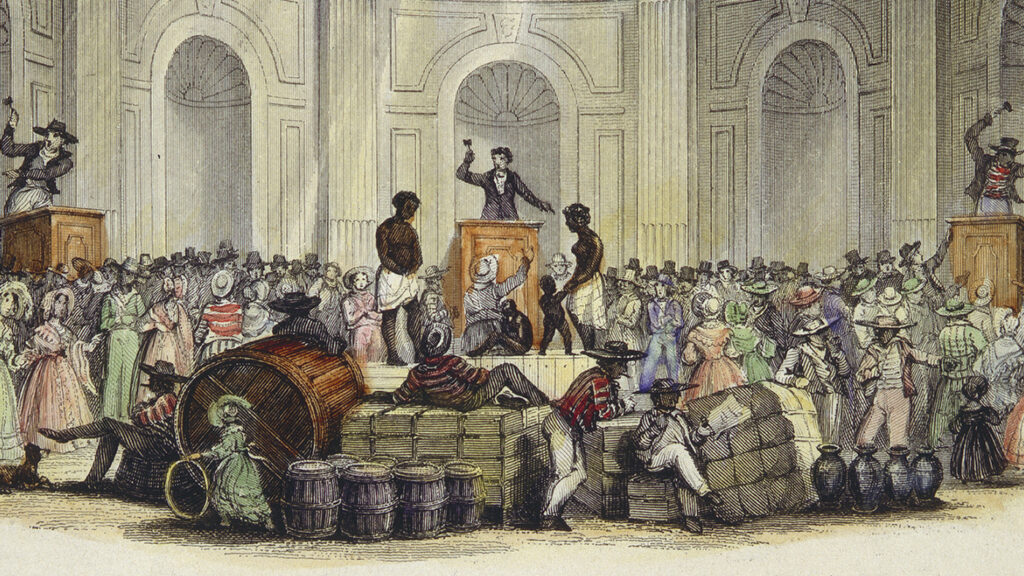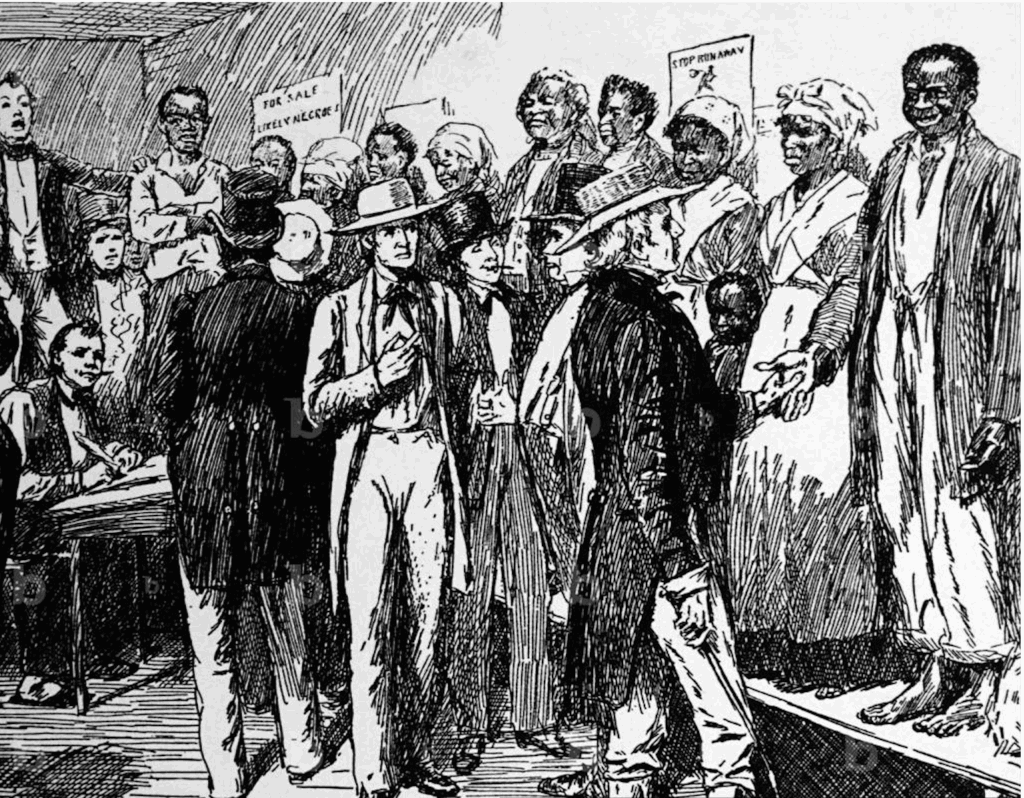In The Flow of Time – March 24, 2025
In 1806 Louisiana, recently purchased, became a US territory. A significant percentage of the population were free people of color. Free except they couldn’t vote or hold office. Free except…
The Black Code of 1806 said… “free people of colour ought never to insult or strike white people, nor presume to conceive themselves equal to the white; but on the contrary that they ought to yield to them in every occasion, and never speak or answer to them but with respect, under the penalty of imprisonment.”
In the 1850s Marie Laveaux went bail for a free woman of color (I assume a friend) arrested on a charge of disrespecting a white person. The general trend up to the Civil War was the gradual erosion of what rights free people and slaves had. This was the American takeover of New Orleans, the rules of the Deep South bleeding into the very different culture of New Orleans in 1800.
My challenge: how do I capture this in Part 2 of my novel. This is the water within which the free people of color live. The ancient religion of their homeland is suppressed. Over time, just walking down the street became risky. “May I see your papers please.” Piss off a cop, land in jail. Eventually (although as best I can tell it wasn’t enforced) every free person of color was ordered by law to choose a white enslaver who would own them for life.
FREE! Except…
1827 prison work gangs were segregated; prior they had been integrated
1827 pillory outlawed as punishment for white people (still OK for Black people)
1827 a freed slave must leave the state within 30 days, a $1,000 bond must be filed
1830 a year in jail for teaching a slave to read
1836 no person of color can own bank stock, if you already do, it’s forfeited without recompense
1836 reunion of Battle of New Orleans units, white units only
1842 only free people of color who lived here prior to 1838 are permitted to stay
1842 all free people of color must register with the city
1842 anyone freeing a slave must provide $150 for immediate passage to Africa
1843 the Calinda dance was outlawed (it was based on martial arts taught to slaves)
1847 the pillory was outlawed as punishment for people of color
1850 any escaped slave must be returned to the enslaver (national law)
1851 medical “science” proves that the desire to run away is a mental illness.
1852 freeing a slave requires city council and court permission
1855 all people of color must carry identity papers proving they are free
1855 many restrictions on free people of color about travel, right to carry a weapon, etc.
1855 the Sunday gathering at Congo square further limited to 4PM-6:30PM May through August
1855 city plants sycamore trees in the square to interfere with dancing
1857 Governor wants to remove free people of color because their existence “has a most pernicious effect on our slave population.”
1857 Dred Scott decision nationally says men of the African race (slave or free) are not citizens
1857 No slave shall be emancipated in this state
1858 Any religious services must be led by a white person
1858 Any meeting of Black people requires written permission from the mayor
1859 All free persons of color much choose a white person to whom they will be enslaved for life

This image is of the largest auction house in New Orleans. That’s downstream from where I’m writing, but that will be a chapter – Marie Laveaux has her life partner Christophe buy an 8-year-old girl named Eliza at this auction.
An engraving of a New Orleans slave sale. Research tells me this is probably the sale room at a slave “depot” – a temporary prison where Black people were kept pending sale. I’ve got that scene in a chapter. It may show up again.

It’s all “dry” history, and I am regularly moved to tears by the horror these people suffered.




